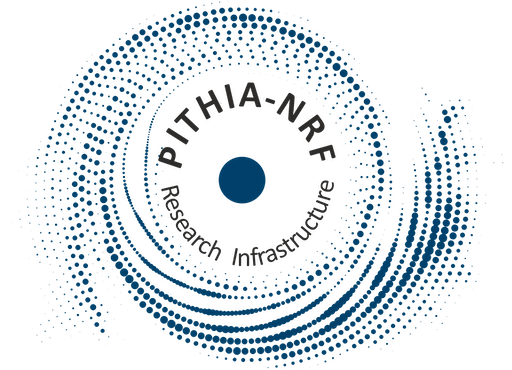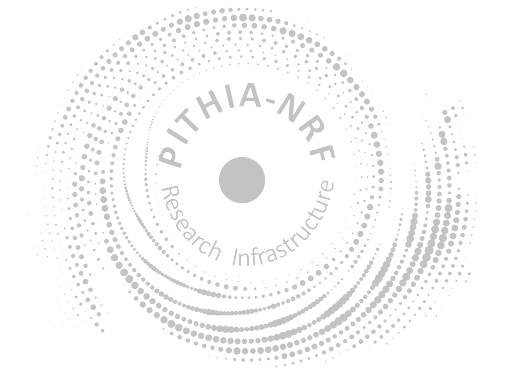ROB GNSS-based Space Weather
(gnss-sw)Last modified on Feb 8th, 2024
Status:
In This Page
Responsible Parties
Abstract
The ionosphere is monitored at the Royal Observatory of Belgium (ROB) based on GNSS observations and using ROB-IONO software. ROB-IONO estimates the Ionospheric Vertical Total Electron Content (VTEC) from the multi-GNSS observations (GPS+GLONASS+Galileo) of permanent GNSS stations. It produces 5-minutes ionospheric VTEC maps above Europe from the GNSS stations of the EUREF Permanent Network (EPN). To do so, the Slant Total Electron Content (STEC) of GNSS satellite-receiver pairs are estimated and projected in VTEC at the Ionospheric Piercing Points (IPP) using an ionospheric single thin layer shell approximation located at 450 km. The VTECs at the IPPs are then interpolated in a grid of 0.5°x05° using a spline interpolation. These VTEC maps allow users to have an estimation of the ionospheric delay induced along the signal of the observed satellite. Products such as orbits and satellite Differential Code Biases (DCB) are taken from the International GNSS Service (IGS) and from the Center for Orbit Determination in Europe (CODE). The receiver DCBs are estimated at ROB using Rapid Ionex of the IGS as a priori information. In addition, the impact of solar radio busrt on the GNSS signal reception is monitored.
Additional Description
The GNSS-based Space Weather project of the TIME-IONO group of the Department Reference Systems and Planetology of the Royal Observatory of Belgium aims at using GNSS observations as well as other techniques in order to:
• Monitor the ionospheric activity over Europe and globally; • Monitor the solar radio burst (SRB) affecting the GNSS signal reception;
• Improve radio-wave based applications using ionospheric corrections;
• Improve our knowledge on:
- the impact of solar radio emissions on GNSS applications;
- the spatial and temporal variations in the Earth’s ionosphere with emphasis on the European and Antarctic region;
- combining technics other than ground based GNSS such as radio occultation, digisondes, solar parameters to support the GNSS-based space weather research;
- the interaction between the thermosphere, ionosphere and plasmasphere;
- GPS anti-jam flex power and its impact on high precision applications and products (clock, estimation of differential code biases).
• Study physical processes implied in the ionospheric electron content variation on terrestrial planets (including Earth and Mars).
Website
https://www.gnss.be/SpaceWeather/index.phpDocumentation
-
Bergeot N., Chevalier J.-M., Bruyninx C., Pottiaux E., Aerts W., Baire Q., Legrand J., P. Defraigne and W. Huang, "Near real-time ionospheric monitoring over Europe at the Royal Observatory of Belgium using GNSS data", J. Space Weather Space Clim., 2014, 4 A31.
Published 12/11/2014
Identifier
2014
Further Resources and Information
Resources
Go to Metadata FileKeywords
- Solar Radio Burst
- Ionosphere
- TEC
- Space Weather
- GNSS
- Near Real Time TEC Maps
- Ionospheric Activity
- Galileo
- ROB-IONO
- Total Electron Content
- GPS
- IONEX
- SRB Warnings
- GLONASS
- GNSS receivers
Metadata Information
| Editor | Royal Observatory of Belgium |
| Version | 1 |
| Created | Wednesday 15th March 2023, 11:00 |
| Last Modified | Thursday 8th Feb. 2024, 11:00 |

